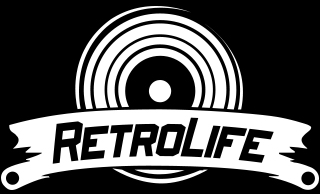Distinct from CDs and MP3s, vinyl records embody a purely analog signal recording method, directly inscribing the "wave patterns" of sound waves onto a large black disc. These wave patterns are then vibed by a stylus tracking the grooves. For this analogue info to be translated into audio, a device known as a "cartridge" (akin to a modern optical disc reader laser head) is required. Housed inside the cartridge is a small needle or "stylus", designed to traverse record grooves and decipher sound wave patterns.
Cartridges come in three main forms:
- Moving Magnet (MM) cartridges: Their average output ranges between 1.4 to 4.5mV, making them the standard pick for most turntables at present.
- Moving Coil (MC) cartridges: These offer an output between 0.15 to 0.4mV and demand a preamp for signal boosting.
- Piezoelectric ceramic cartridges: Renowned for simplicity, affordability, and generous needle pressure, these are mostly found on low-end tuners.
The key difference between MM and MC?
In essence, cartridges function as transducers, converting the stylus's mechanical motions into electrical signals. MM (moving magnet) and MC (moving coil), while serving the same function, do so via different mechanisms and structures. If mainstream views are considered, MC cartridges prove to be superior.
High-end MC cartridges boast robust analytical capabilities, impressive high-frequency response, and the capacity to capture minute sound details. However, this comes with a hefty price tag.
On the other hand, MM cartridges offer solid tracking capabilities and a high output frequency. Comparatively low-priced, easily mass-produced and requiring less fine-tuning than the MC cartridges, MM cartridges are a popular choice for initial turntable setups.
Is there a lifespan for the stylus?
Indeed, as the stylus directly interacts with the record, it is treated as a consumable. An example is the Retrolife turntable stylus, which averages a lifespan between 400-3,000 hours. This estimate, though, is contingent on user habits and maintenance care. It would be well advised to consider stylus replacement when noticeable distortion occur, or sound quality begins to flag.
It's worth mentioning that while a MM stylus can be replaced when it nears the end of its life or gets inadvertently damaged, the MC stylus lacks this option. Once it runs out its life or gets damaged, typically an entire cartridge may need to be replaced, or the stylus returned to the original manufacturer for costly repairs.


